A number of years ago, I asked my friend and legendary Japanese food expert Elizabeth Andoh about tamari. Is it gluten-free? She looked at me and in a thoughtful, slow manner said, “Not necessarily. It could be but not always is.” In her book, Washoku, Elizabeth explains that tamari is the super dark and intense soy sauce that’s often accumulated at the bottom of large vats of soy sauce. It’s typically used for sashimi. In America, what’s often labeled as tamari often contains little or no wheat but that is not what defines tamari.
So, that explains why when you go to market to buy gluten-free tamari, there are gluten-free soy sauces available too. Both more or less signal the same thing. Asian ingredients can be so darn confusing.
I've been collecting gluten-free soy sauces and tried them side by side. Here are my impressions and I hope you’ll share yours!
These taller bottles sold at many supermarkets and health food stores. They each have a particular flavor profile. The Kikkoman gluten-free soy sauce leans more toward a Chinese flavor – which is less inky in color and lighter in flavor. It’s made in Singapore.
The San-J products were sent to me by the manufacturer. The regular, full-sodium gluten-free tamari soy sauce is nice but it finishes just a tad more tart than the Kikkoman version. They contain about the same amount of sodium per tablespoon – 940 mg. The good thing about San-J is that is made in Virginia and produced with organic beans.
The Tamari Lite has about half the amount but I have to be frank with you – why not just use half as much soy sauce if you’re going for less sodium? You’d get more bang for your buck.
How do I use these gluten-free soy sauces? Just as I would regular soy sauce however, in dipping sauces, I find that I often add a little sugar to offset the gluten-free soy sauce’s naturally tart finish.
There is something magical that wheat does during the soy sauce making process and you realize that when you taste the gluten-free renditions. My apologies to folks who can’t tolerate it in their bodies.
I use these gluten-free soy sauces when preparing wheat-free foods. For adding directly to dishes at the table, I prefer one of these wheat-free soy sauces:
Yamasa is a popular brand of Japanese soy sauces and I have enjoyed this gluten-free soy sauce of theirs for some time. It’s unfortunately sold mostly at Japanese markets. Made in America, Wan Ja Shan’s gluten-free tamari has deep flavor (more than their regular gluten-free soy sauce) but its flavor isn’t as good as that Yamasa. They are close and you’re likely to find Wan Ja Shan at mainstream markets.
In general, soy sauces sold in these cutie-size bottle dispensers are for table use. The only thing is that they can evaporate so I store them with their tops covered in plastic wrap in my cupboard. Otherwise, the flavor may change.
I’m happy to not have a reaction to wheat gluten but I do look out for ingredients as I know folks are sensitive to it. Have you tried gluten-free soy sauce? What are your thoughts? Any changes that you make to your cooking?
Related posts:
P.S. The February VWK Newsletter was just sent out! It includes a gingery cocktail, mini butternut squash and my new favorite potato, the Amarosa. Read it here and sign up for it, if you haven’t already.













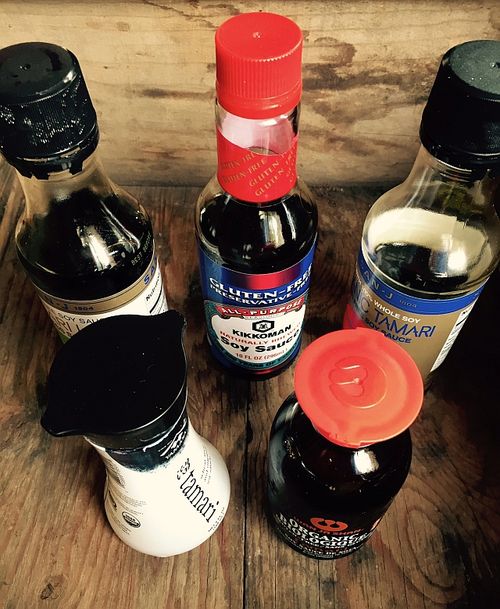
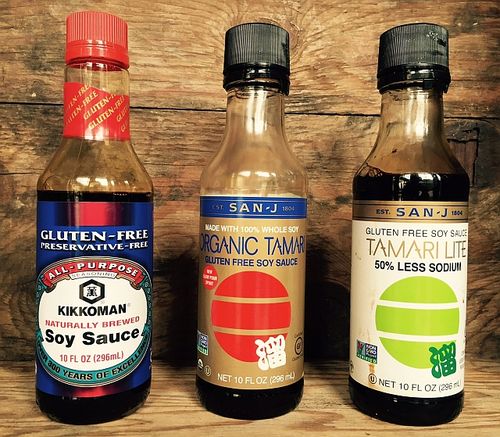
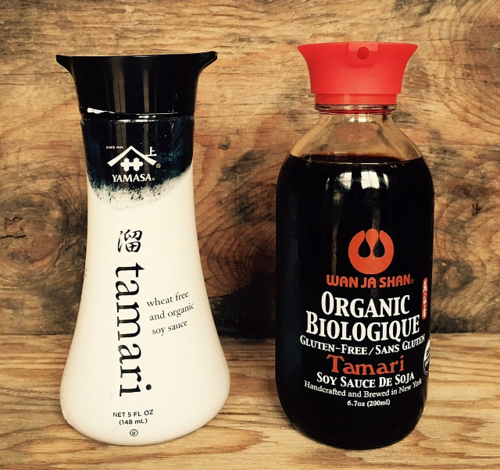


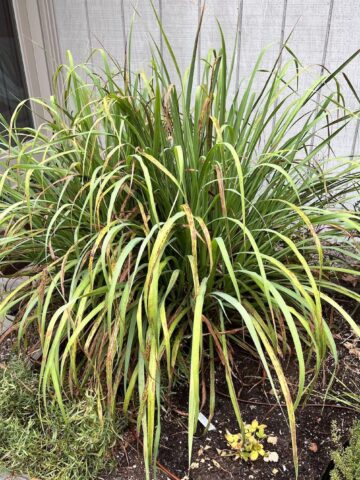
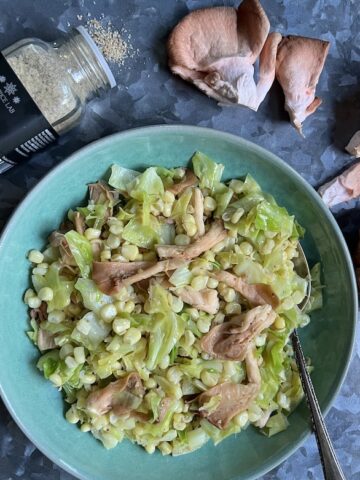
Sonya Bowles says
I have a very important question. Do any of these taste even remotely similar to LaChoy, rather than Kikkoman soy sauce? I do not like Kikkoman, and unfortunately neither does my 12 year old. I have just found that I am gluten intolerant. Celiac I do believe. And I suspect that my daughter may be as well. And she is a very picky eater. I always preferred LaChoy or Chun King. Though, I haven't seen Chun King for years and don't think they make it anymore.
Andrea Nguyen says
I've not tasted La Choy soy sauce in many years so I cannot answer your question. Have you tried Bragg Liquid Aminos? The flavor is different than soy sauce but it's gluten-free and has a similar umami impact on food. It's often shelved in the Asian food aisle at the supermarket.